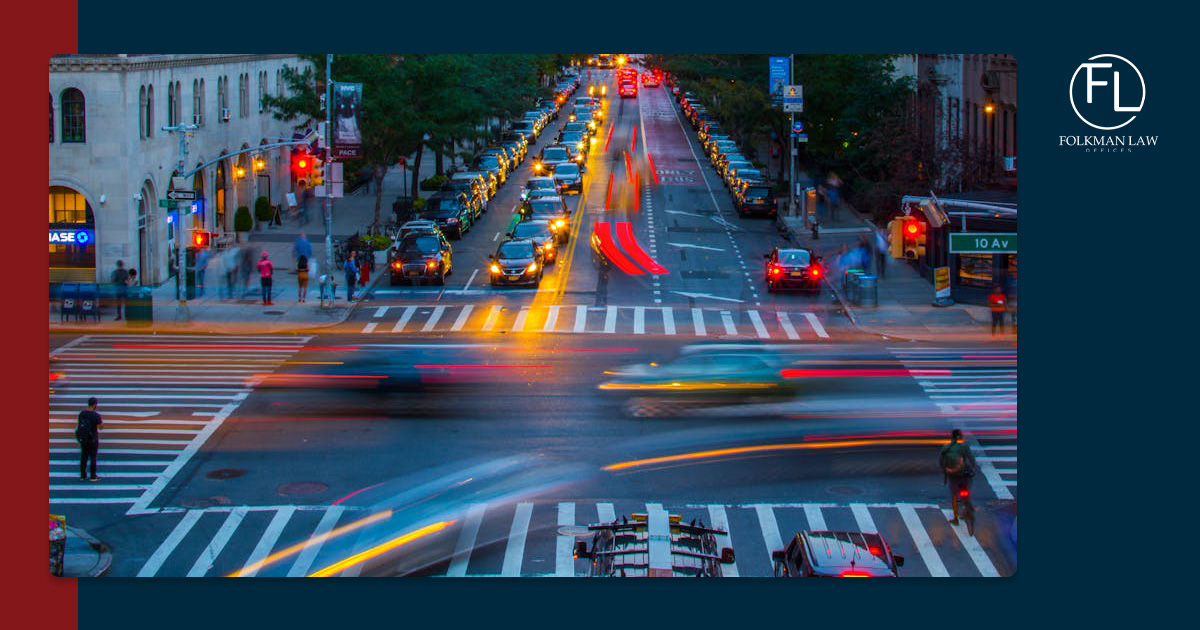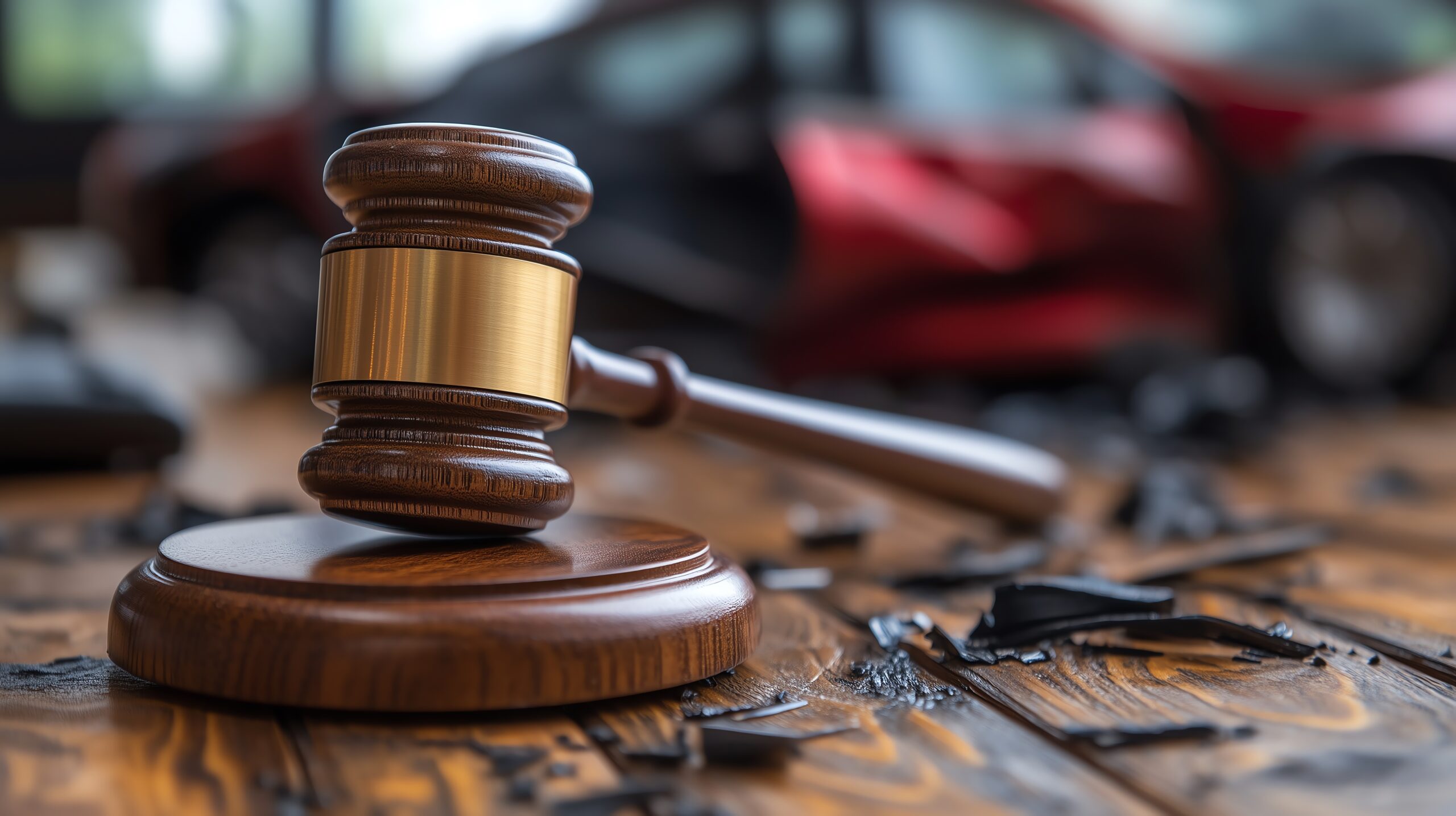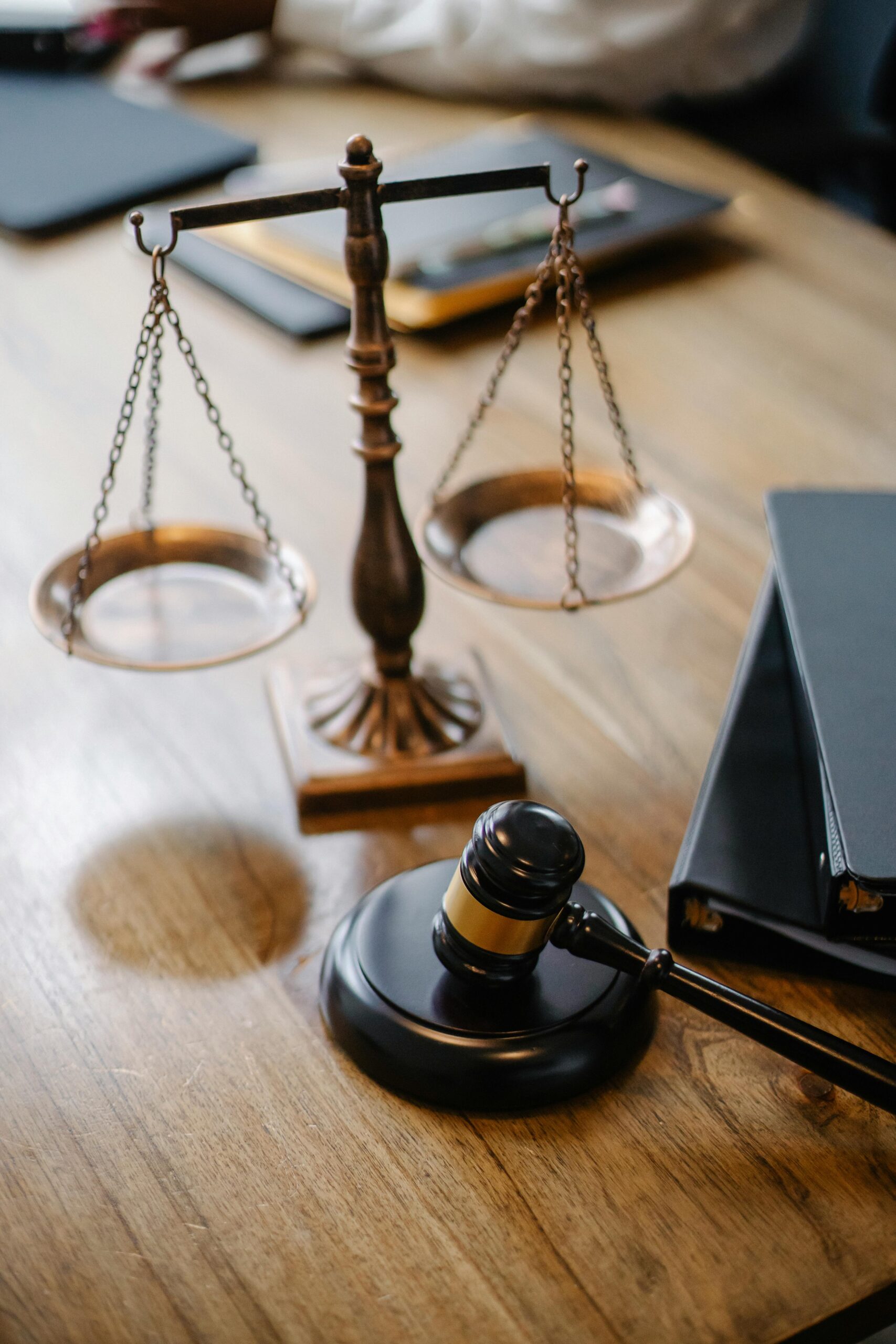Have you ever counted the number of intersections you pass through on your way to work? If you take the same route daily, you’ve undoubtedly become extremely familiar with each intersection. You know what is on every corner and probably plan your trips to stop for gas, coffee, or a doughnut based on which direction of the intersection you’ll be passing through.
The majority of those intersections are what the official state of New Jersey Driver’s Manual refers to as “controlled.” That would be an intersection “controlled if there are traffic signals or signs in any direction or controlled by a police officer.” You would think an area designated as controlled would be free of accidents. Sadly, that is not the case. Here is what you need to know about these car accidents.
Intersection Accident Numbers
Data collected by the Federal Highway Administration finds that around one-quarter of all traffic fatalities and one-half of all traffic injuries happen at intersections. What does that mean for New Jersey? The New Jersey Department of Transportation recorded a total of 16,136 crashes at intersections across the state in 2022.
Of that number, 68% of the intersection accidents happened during the day, and 82% of the total accidents happened on dry roads. These accidents caused 71 deaths and 4,752 injuries. Most collision types were T-bone or angle accidents, followed by rear-end collisions.
Common Causes of Intersection Accidents
With so many accidents happening at intersections, a lot can go wrong. If you understand the common causes of intersection accidents, you can take proactive steps to avoid these accidents. Here are the common causes you need to be aware of:
Distracted Driving
Every intersection should be approached with caution. Unfortunately, the more familiar you are with the intersection, the more likely you might not be paying attention. Coming to a complete stop is the only time you should take your eyes off the road ahead or deal with adjustments in your car dashboard.
Rolling up to an intersection in anticipation of stopping is not the time to start texting on the cell or changing an address in the GPS. You also want to avoid eating, drinking hot liquids, or smoking when driving. These can all take your hands off the wheel and your eyes off the road.
Failing to Yield the Right of Way
An intersection should not be seen as a showdown between you and other cars. There are clear right-of-way instructions detailed in the New Jersey Driver’s Manual:
- At a multi-way stop or stop intersection, a motorist must yield to the motorist on the right if both motorists get there at the same time.
- A motorist should also yield to another motorist who has already stopped at the intersection.
- At an intersection controlled by a yield sign, a motorist must slow down and yield to traffic on the intersecting roadway, even if they must stop.
- When making a left turn at an intersection, a motorist must yield to oncoming traffic and stop for pedestrians within the crosswalk.
Running Traffic Lights
Traffic lights are a big part of controlling an intersection, but only when all the cars follow the lights. Yellow lights should never mean speeding up to avoid the red light. As an experiment, the next time you get to a red light, count how long it actually takes for the light to change. Waiting that amount of time is far more preferable than getting into an accident by racing through the light.
Illegal Turns
New Jersey allows for right turns on red lights at certain intersections. If a sign prohibits the turn, you have to wait. If there is no sign, you must stop and still yield to any traffic with the green light.
Tailgating
Driving without proper braking distance can trigger a chain reaction of rear-end accidents when one car stops suddenly. You can see the vehicle directly in front of you but not the car in front of them. In other words, you don’t always know what is going on up ahead at an intersection. That is why you want to give yourself plenty of room to come to a stop.
Traffic Light Malfunction
A traffic light malfunction would not be the fault of a driver unless that driver did not stop. Without a light, the rules of a four-way stop sign intersection come into play. You need to come to a complete stop and yield to the car that got to the intersection before you. In other words, take turns going through the intersection one car at a time.
Being On the Receiving End of an Intersection Collision
If another driver breaks one of the intersection rules and collides with your car, they would be considered the at-fault liable party in the accident. That is when you need to speak to an experienced car accident lawyer to determine your options. You don’t have to wait until you fully recover from your accident or when you get the first denial letter from the insurance company. You can speak with an attorney at Folkman Law for a free case evaluation.
We’ll be able to tell you about the laws and the challenges you’ll face as you pursue the claim. If we agree to work with you, we’ll start right away. Our goal is to get fair compensation as quickly as possible. We want to help our clients get their lives back on track as soon as possible.





